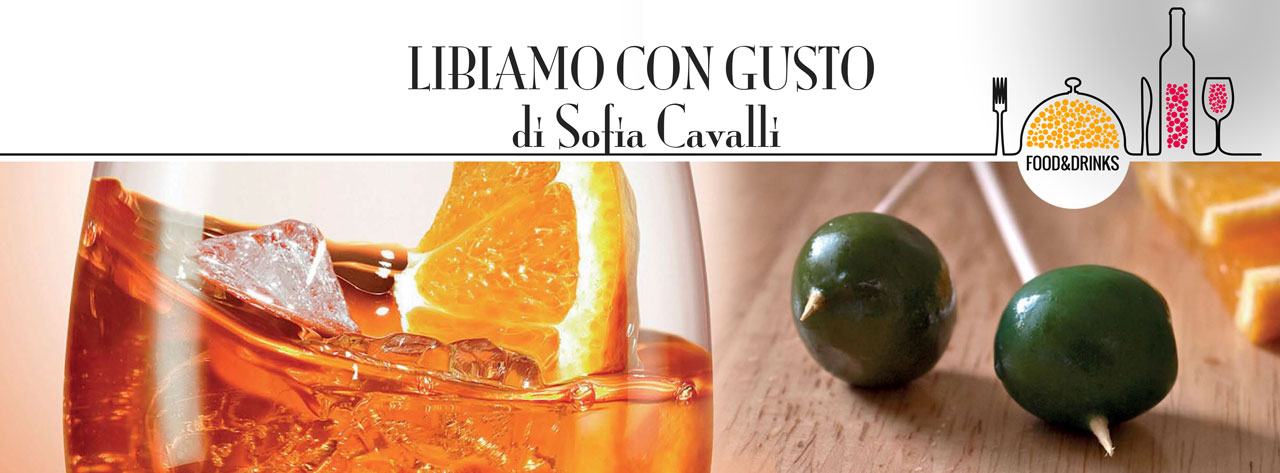
The Art of the Aperitif
April 30, 2022
“Black and White – a Matter of Principle”: the Artistic Concept of Qin Chong.
May 3, 2022Dr. Flavio Lirussi unravels the links between cultural joys and longer life – and looks to the future.
It has long been known that admiring art and beauty is not just a relief for the soul. It is beneficial to our health, both physical and mental.
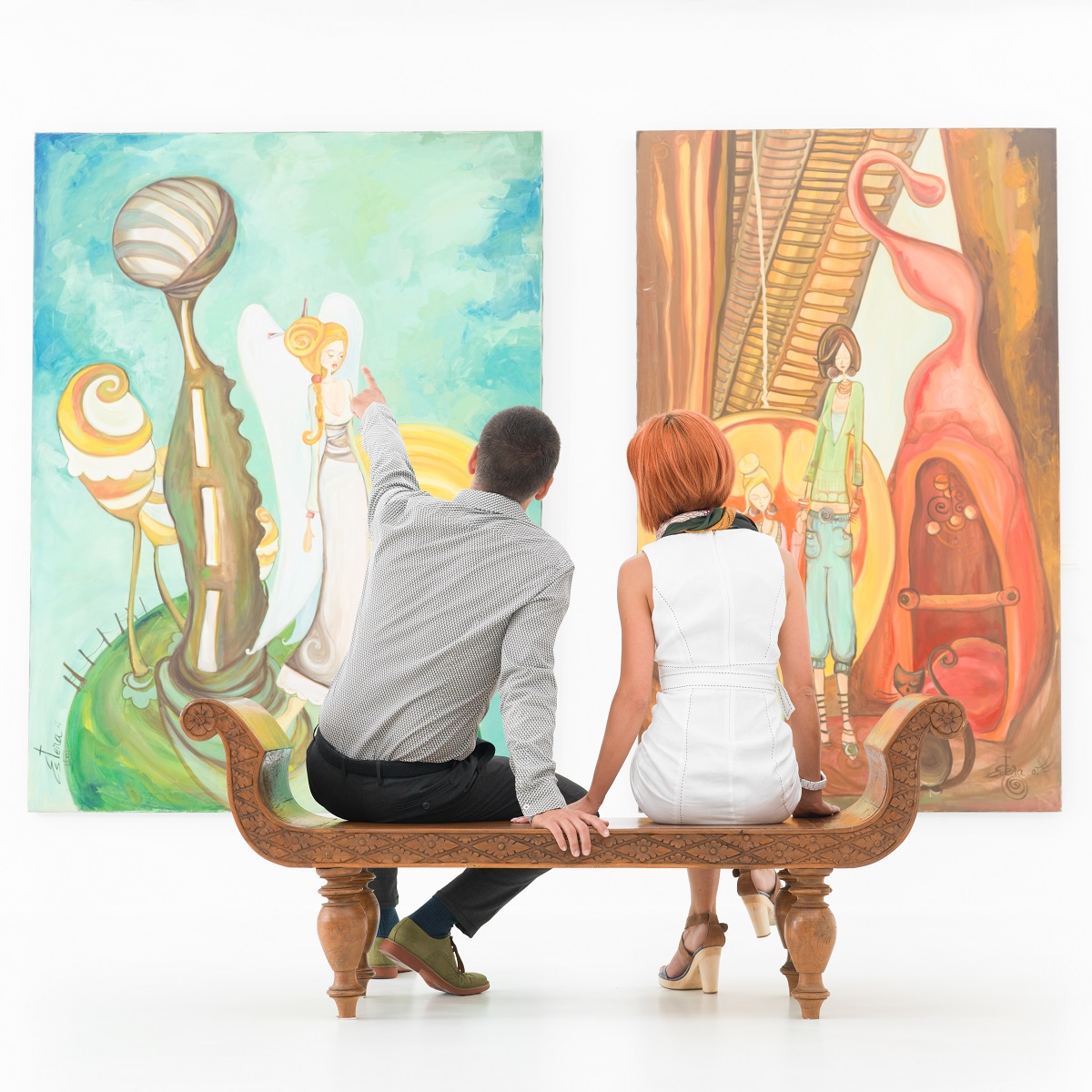
- young caucasian couple sitting on a wooden bench in an art gallery pointing at some painting
A study carried out by Professor Grossi’s team at the University of Bologna measured this effect for the first time, and in an innovative way. The study took place in the Basilica of Vicoforte in the Piedmont region of northern Italy, which boasts the largest elliptical dome in the world. The cupola is decorated with 6,000 square meters of 18th-century frescos depicting the glorification of Mary.

A total of 100 people aged between 19 and 81 years old took part. Of these, 51% were males. They had a medium-to-high level of education, with 42% graduates. They all climbed up 260 stairs to gaze closely at the magnificent frescos and enjoy the view of the surrounding landscape. Before and after the two-hour visit, salivary samples were taken to measure the concentration of the hormone cortisol, the well-known stress hormone. Results were stunning: after admiring the frescos, cortisol dropped, on average, by 60%, and 90% of the volunteers felt much better at the end of the visit. This supports the hypothesis that beauty, art and culture can trigger the mechanism of well-being. However, it is well known that cortisol levels can vary throughout the day and depending on exercise.

More reflection is useful at this point: in an era dominated by social media and social network, by smart phones (which were banned during the visit) and multiple apps, how come that the attention particularly of youngsters can be captured for a couple of hours with knowledgeable explanations about cherubs, angels and prophets? This is in fact a new way of interpreting culture and art, i.e. as elements of a healthy lifestyle, which can be easily enjoyed by each of us. It is now the responsibility of people dealing with culture to be able to offer art using innovative means and create links between different forms of art and people.
 There are only a few studies on the relationship between art, health, and well-being. Harold J. Dupuy, an American researcher, showed that when we admire a masterpiece or listen to music, a greater amount of dopamine is released in our brain. This neuro-transmitter induces a feeling of pleasure and satisfaction. Another study from Norway, engaging more than 50,000 people, showed that art appreciation causes the release of a large quantity of endorphins that exert different actions: producing well-being and peace of mind, reducing hunger, positively affecting heartbeat, blood pressure and breathing.
There are only a few studies on the relationship between art, health, and well-being. Harold J. Dupuy, an American researcher, showed that when we admire a masterpiece or listen to music, a greater amount of dopamine is released in our brain. This neuro-transmitter induces a feeling of pleasure and satisfaction. Another study from Norway, engaging more than 50,000 people, showed that art appreciation causes the release of a large quantity of endorphins that exert different actions: producing well-being and peace of mind, reducing hunger, positively affecting heartbeat, blood pressure and breathing.
Sophisticated imaging techniques based on NMR demonstrated that gazing at artworks activates a greater number of cerebral areas than previously thought, and engages both hemispheres of the brain. The other surprising result of the study, carried out by Italian and American investigators, is that when we admire different kinds of artwork – such as portraits, representations of real-world-visual-scenes, abstract paintings and body sculptures – category-specific areas are activated in our brain. Interestingly, some of the activated regions are also involved in learning, memory, and thinking, emotional and affective processes. Thus, our response to an “aesthetic experience” is not independent of sensory, perceptual, and cognitive processes. These results confirm once again that art is not the object of mere admiration but is a real means of communication.
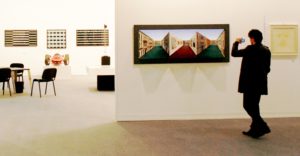
Another study, from Newcastle University, showed that art expertise modulates the emotional response to modern art, especially abstract art: artists, compared to non-artists, payed more attention to details, exhibited a greater emotional response and rewarding. Therefore, experiencing an intense cultural life, and developing an aesthetic judgement or perception, can positively affect well-being.
Passion for — and interest in — art can benefit even those who are unwell just momentarily. A study from Tor Vergata University in Rome found that patients suffering from stroke but fond of art (music, painting, theatre) recovered much better than those uninterested in art. Fascination for arts was associated with a better state of health, greater energy, less anxiety and depression, and more solid memory, irrespective of the stroke severity.
But there is more than that: creating any form of art is even more beneficial! It is known, for instance, that playing an instrument causes a better sense of well-being than just listening to music. Recent studies show that to start playing in childhood will positively affect the ageing process. The explanation is that over the years new neurological connections will be formed, thus limiting the physiological cognitive decay in old age.
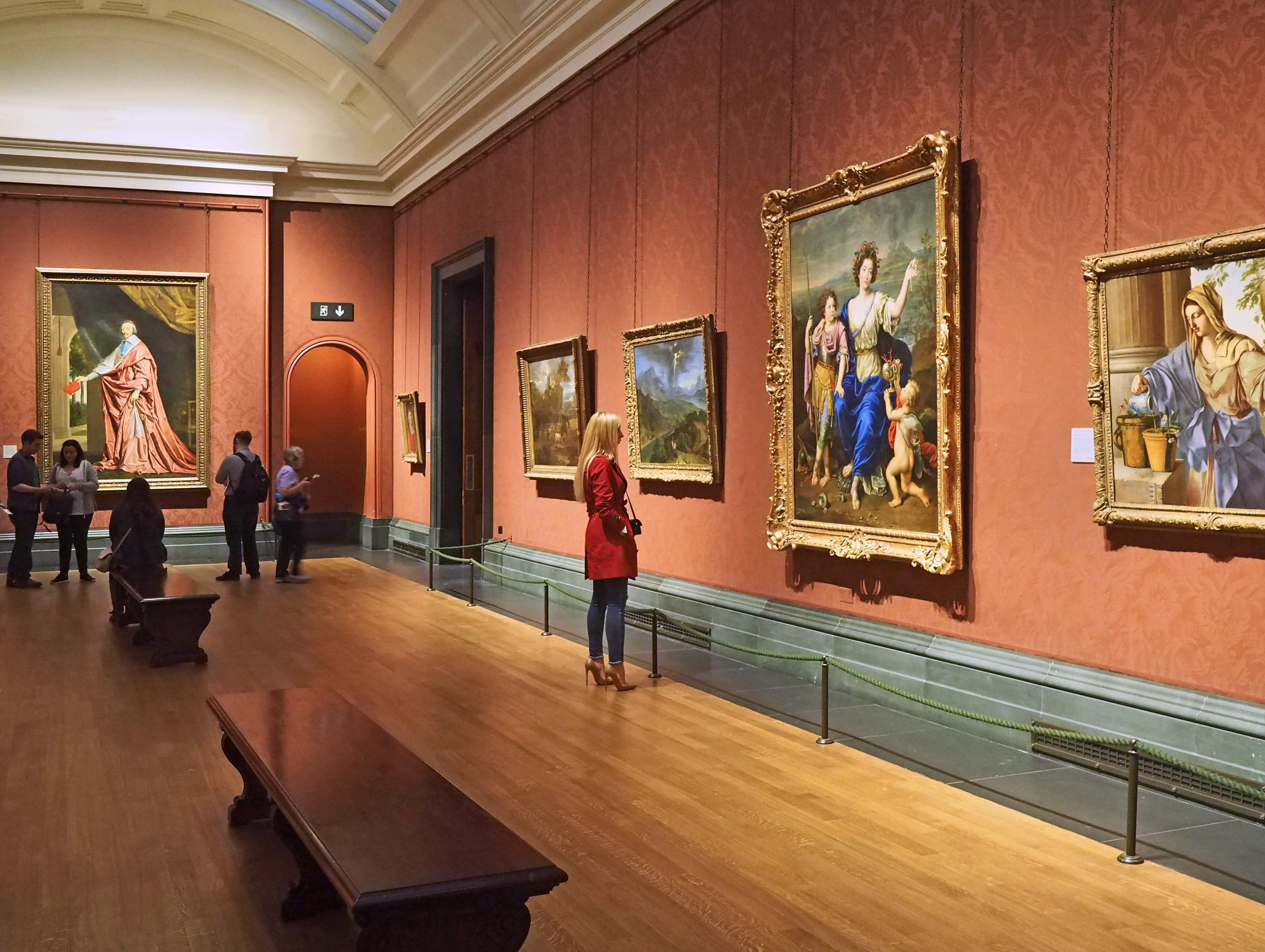
According to a new Drexel University study, art-making per se is rewarding. For three minutes each, the participants enrolled in the study, coloured in a mandala, doodled within or around a circle marked on a paper, and had a free-drawing session. After the study session, volunteers felt more relaxed and rewarded, happier (“colouring with markers was fun!”), more confident (“I can solve problems”) and with a better perception of self-creativity (“I have good ideas”). These results also show that there might be intrinsic pleasure in doing art activities independent of the end results, i.e., irrespective of the societal judgements of what is good or bad art. The authors conclude that art-making, through a range of self-expression options, could potentially be a replacement for other activities that stimulate the same brain pathways, such as addictive behaviours, eating disorders, and mood disorders.
‘Explore’ Association
Art therefore can be used as a therapy, not just as art therapy but also as music therapy, dance therapy and theatre therapy, in people with psychological and social uneasiness or psychiatric trouble. This was in fact the key to the reading of the training course ‘Land art and art therapy: art, health, and environment’ organized by Explore Association, of which I am a member. The basic principle was perceiving the space surrounding us as a permanent exhibition to admire and to interact with. The course aimed to demonstrate how art, culture and the environment in all its dimensions – natural environment, built environment, and social environment, can affect people’s health, and how different forms of artistic expression can re-establish a balance through their active engagement.
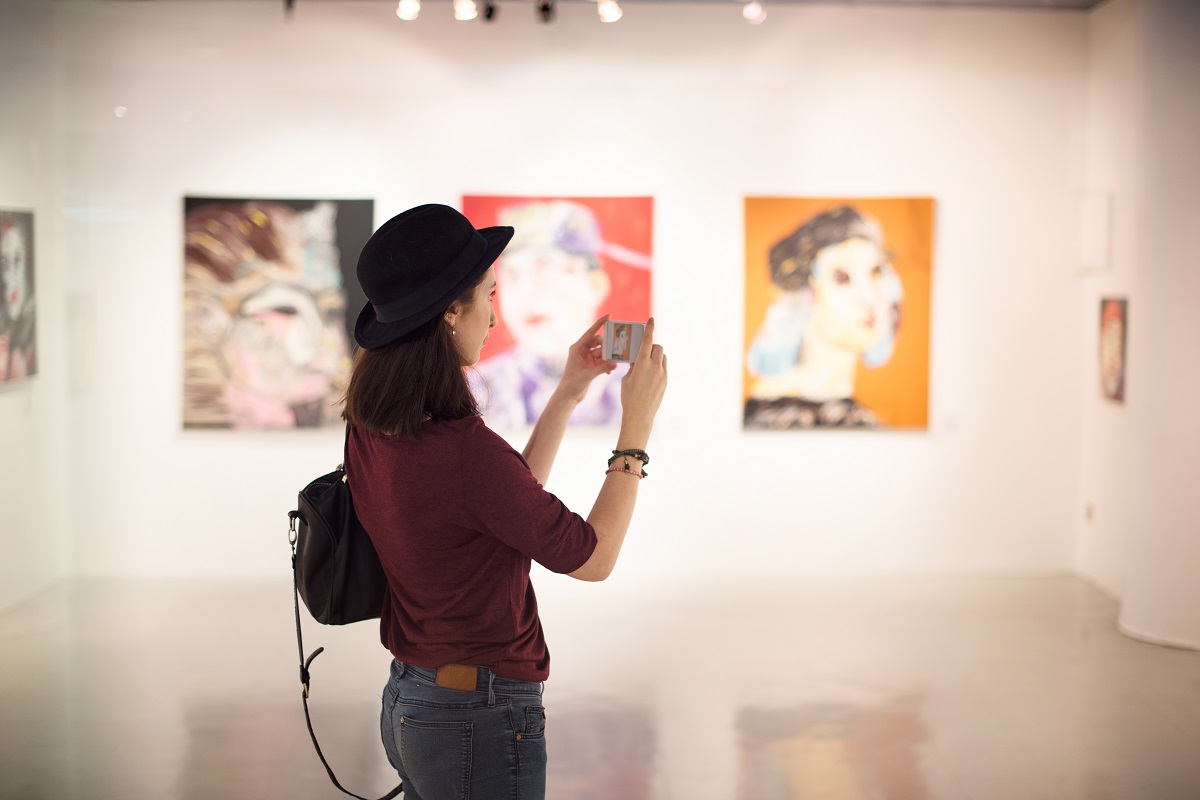
Explore is a social promotion association, whose mission is to promote and support individual and collective salutogenesis processes, in the living environment and in the global context, considering the social inequalities and the protection of nature. We are inspired by the principles of the Ottawa Charter for Health Promotion: to empower people to increase control over their health and to improve it, create supportive environments for health, strengthen community action, and develop personal skills.
We are also looking to the future and to the contribution we can make to work towards the 2030 Agenda for Sustainable Development: end poverty, hunger and inequality, take concrete actions against climate change and for protecting the environment, improve access to health and education, build strong institutions and a global partnership for sustainable development, and promote peace and justice.
We also look back to the past and embrace the reflections of Hippocrates on the environment and lifestyles: “Whoever wishes to investigate medicine properly, should proceed thus: in the first place to consider the seasons of the year, and what effects each of them produces… Then the winds, the hot and the cold… We must also consider the qualities of the waters and how a city lies as to the winds and the rising of the sun; and the ground, whether it be naked and deficient in water, or wooded and well-watered, and the mode in which the inhabitants live, and what are their pursuits, whether they are fond of drinking and eating to excess, and given to indolence, or are fond of exercise and labour, and not given to excess in eating and drinking.”
Promoting health and well-being
So, some 2,500 years ago it was already realized that to be well it was necessary to go beyond a healthy lifestyle: we all know that smoking is bad, alcohol abuse is harmful, and that a sedentary life or an unhealthy diet damage to our health. But, coming back to our modern times, we also know how important are environmental pollution, education, employment, income, urban planning, transport policies and so on. All these are called health determinants.

Recently, though, there is growing evidence that what affects health and well-being are also cultural and psycho-social determinants: isolation, lack of social support, low self-esteem, low perception of control of one’s life, sense of no hope, and discrimination. Solitude, social isolation, and being excluded from social relations have a negative impact on people’s health of any age, but particularly on youngsters and the old. A research shows that lacking social connections is bad for our physical and mental health and that loneliness increases the likelihood of premature mortality by 26%. By contrast, strengthening communities, valuing the role of the volunteers and the peers, increasing partnerships and collaborations, and having access to community resources – in practice, building social capital, is good for our health and well-being. On the other hand, this is just the motto of our Association: “Explore the connections with ourselves, the others, the environment…and take action!”
In essence, what can we actually do to improve our health? What are the strategies for health promotion? The approach should be acting on the determinants of health: environmental, social, economic, and cultural. But how? The World Health Organization recommends two ways. The first is making the different departments or ministries, at local, regional or national level respectively, work together. The health sector should collaborate with the finance, education, culture, environment, tourism, agricultural, and so on, sectors, to put forward policies and programmes to improve health, protect the environment and, at the same time, promote jobs and social relations. This method is named “whole-of-government approach”. An approach of this kind has already been enacted by the Irish government when it approved the national health plan “Healthy Ireland: A Framework for Improved Health and Wellbeing 2013-2025”.
However, coordination amongst multiple sectors is not enough. Enabling people to increase control over, and to improve, their health entails that policy makers interact with the so called civil society. Cultural and scientific associations, public bodies, the private sector, academic institutions, research centres, health and social services must be engaged in decisions focusing on health matters. Only with a tight collaboration between these sectors and the public sector, could health be improved, according to the second recommendation by WHO – the “whole-of-society approach”.
In the end, it is up to all of us, whether we are responsible for political decisions, or are part of the civil society, to build up the conditions for better health and well-being. Art, culture, and beauty, can have a dramatic impact in this regard. If anything, as Picasso used to say: “Art washes away from the soul the dust of everyday life.”

Dr. Flavio Lirussi is a Former Senior Advisor of the World Health Organization and a Lecturer at the Master’s in Science Communication, University of Padua, and Vice-President of the Association for Social Promotion ‘Explore’. For more on Explore, check http://www.apsexplore.com/home_en.html



